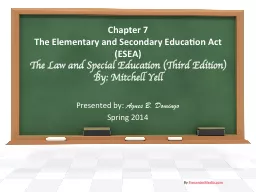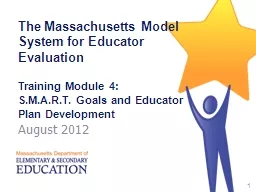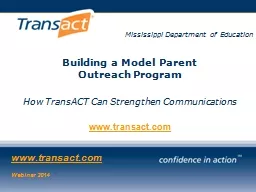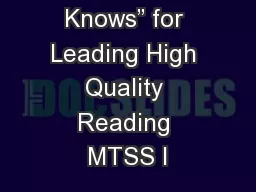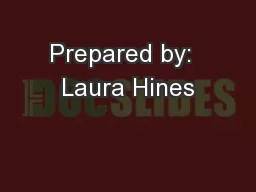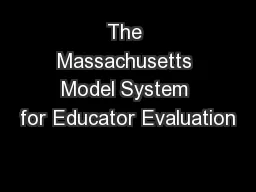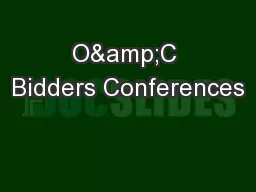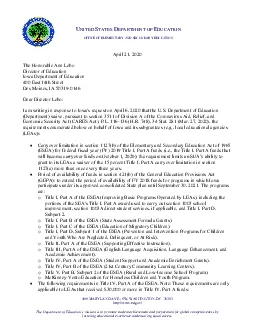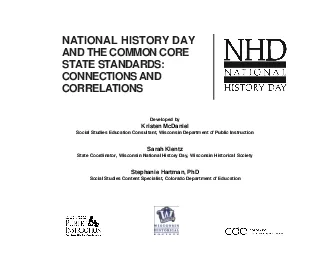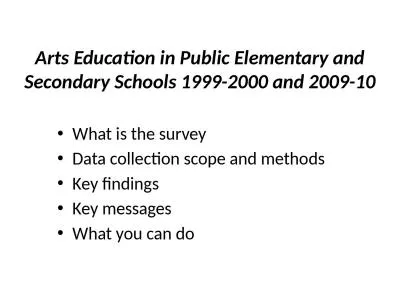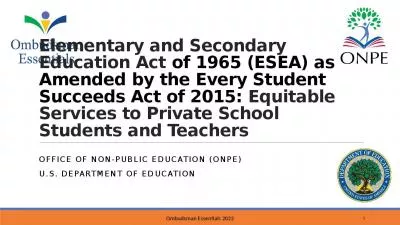PPT-Chapter 7 The Elementary and Secondary Education Act (ESEA)
Author : briana-ranney | Published Date : 2018-02-28
The Law and Special Education Third Edition By Mitchell Yell Presented by Agnes B Domingo Spring 2014 By PresenterMediacom Objectives Review the historical developments
Presentation Embed Code
Download Presentation
Download Presentation The PPT/PDF document "Chapter 7 The Elementary and Secondary E..." is the property of its rightful owner. Permission is granted to download and print the materials on this website for personal, non-commercial use only, and to display it on your personal computer provided you do not modify the materials and that you retain all copyright notices contained in the materials. By downloading content from our website, you accept the terms of this agreement.
Chapter 7 The Elementary and Secondary Education Act (ESEA): Transcript
Download Rules Of Document
"Chapter 7 The Elementary and Secondary Education Act (ESEA)"The content belongs to its owner. You may download and print it for personal use, without modification, and keep all copyright notices. By downloading, you agree to these terms.
Related Documents

